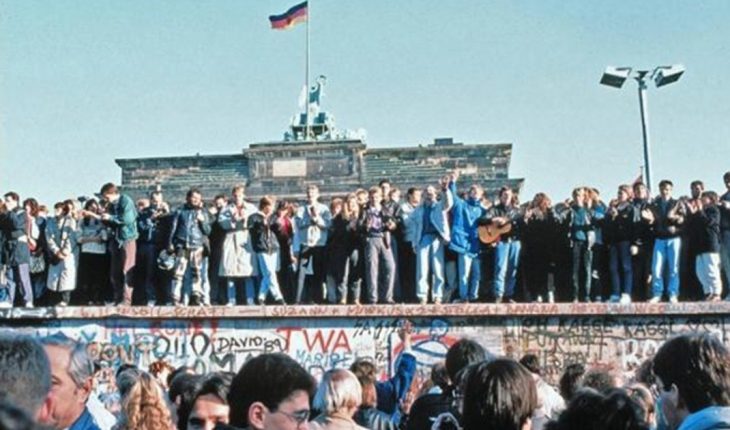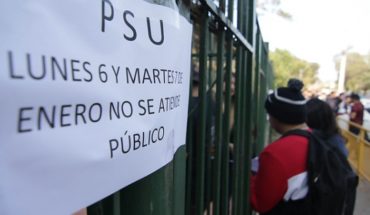Today marks 31 years since the fall of the Berlin Wall, which was built to separate the USSR-controlled part in Germany’s capital from areas under the administration of England, France and the United States. Not only was this city divided, but the whole nation. The division of the Germanic country resulted from the Yalta agreements, which took place in February 1945, when it was already clear that Germany would lose World War II. It was attended by Heads of State Winston Churchill of England, Franklin D. Roosevelt of the United States and Josef Stalin of the USSR.As a result of meetings between these powers, the city of Berlin, Germany and much of Europe was divided into two large blocs. One followed an economic policy similar to Russia’s predominant state planning policy, while on the other side followed the scheme of greater freedom in the functioning of markets. Building the wall
From the outset, the western part of Berlin had greater economic growth, which led to strong emigration of the population. An estimated 3.5 million East Germans fled the Soviet-controlled part, i.e. the German Democratic Republic (GDR) to the so-called Federal Republic of Germany (RFA). This percentage was equivalent to 20 percent of the population.
Members of the “Stasi”, the Ministry for State Security, working on the Berlin Wall.
Faced with the loss of population, the German Democratic Republic decided on the night of August 12, 1961, to erect a 155-kilometer makeshift wall separating the two parts of the city. This wall became the symbol of the so-called Cold War and the separation of Germany and Europe. Germany’s internal border had fences, watchdog towers, a 5-kilometre-wide area reserved for those with a resident permit, in addition to the 500-meter-wide prohibited zone and a 10-metre barrier. Between 1961 and 1989 thousands of people tried to cross the wall, of which it is estimated that around 100 died.
This is what the Berlin Wall looked like after its construction in 1961.
They were the same families and the same story, the same climate and the same soil but separated by two administrations totally opposite each other. At that time there was an ideological struggle over which economic system was most convenient to achieve the development of nations. However, the economic collapse of Eastern European countries using government planning and control over production processes demonstrated the inefficiency of this system. The Fall of the Wall
On Thursday, November 9, 1989, at a press conference, german Democratic Republic leader Gonther Schabowski let foreign journalists know that Eastern citizens could leave the country through border posts. The order came into force immediately and many people headed to the Berlin Wall, where border guards did nothing to contain the avalanche, and crossed into the Federal Republic of Germany.The wall fell and crowds of Germans knocked down the wall piece by piece using their hands, beaks, mallees and shovels in a task that took a couple of days of work , but which symbolized materialized freedom for the entire nation. The fall of the Berlin Wall was not only the destruction of a facility separating a city and a country, but also the fall and failure of a system that, despite all the efforts and pressures, failed to impose itself on German society.





